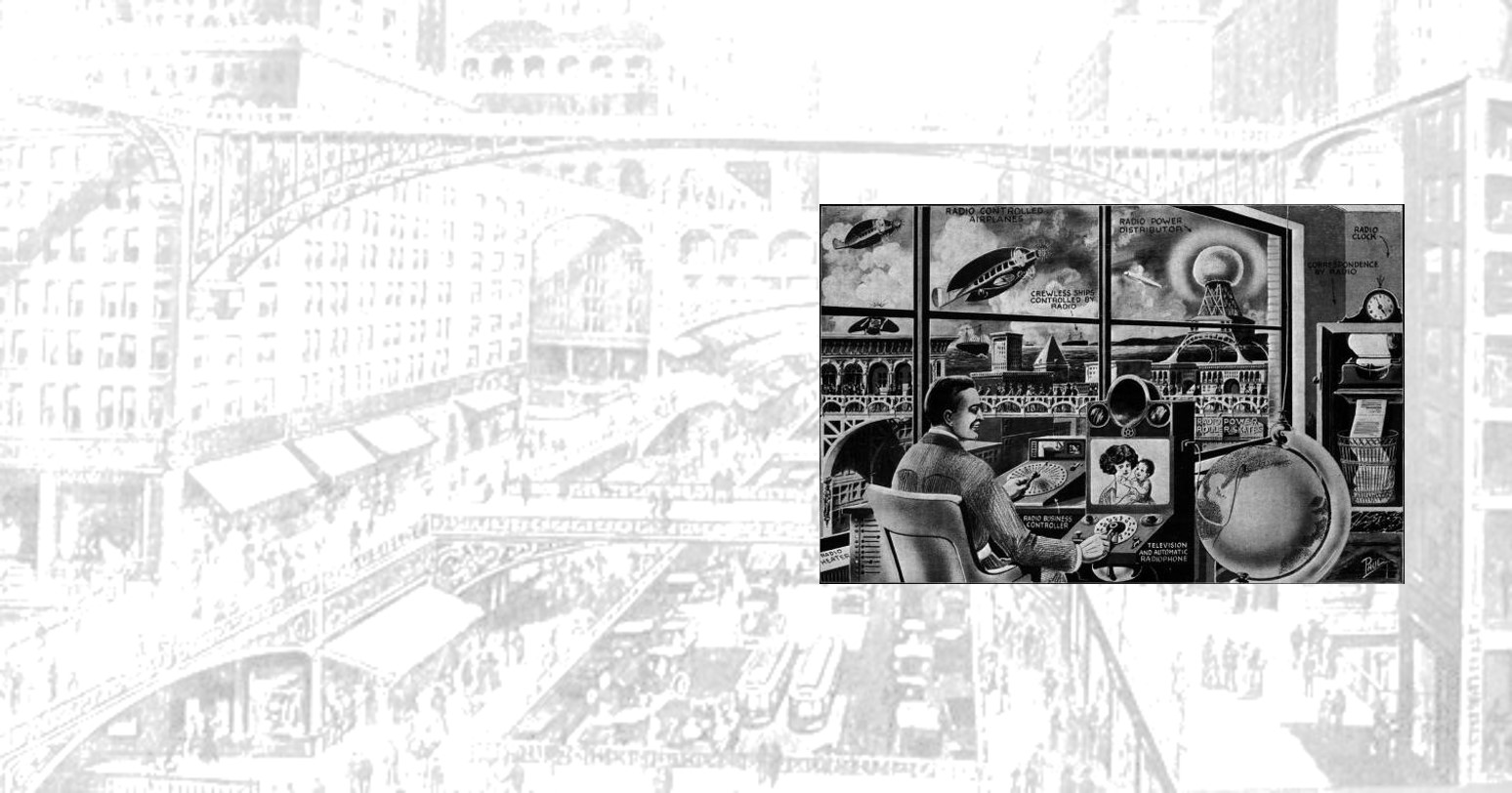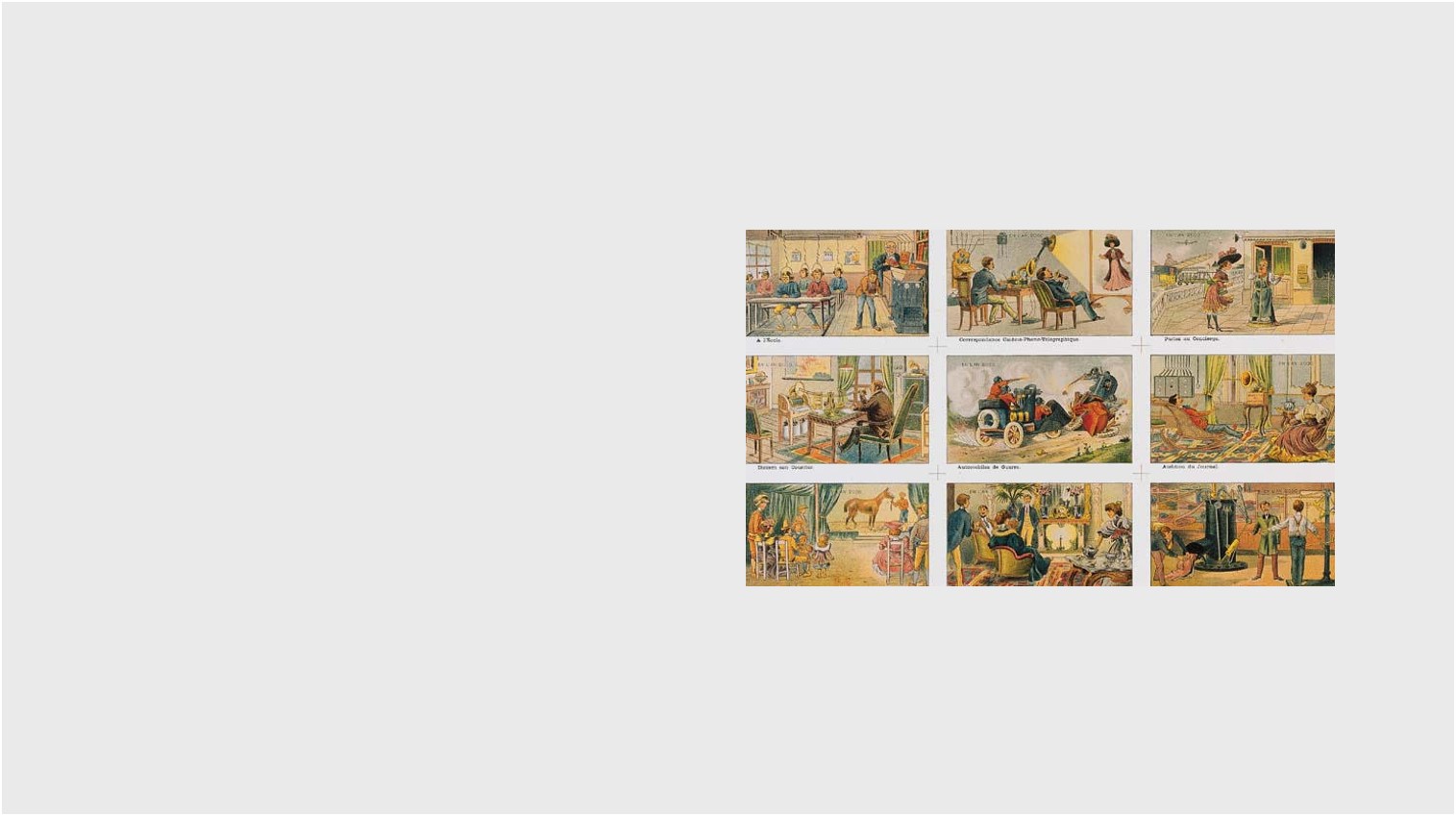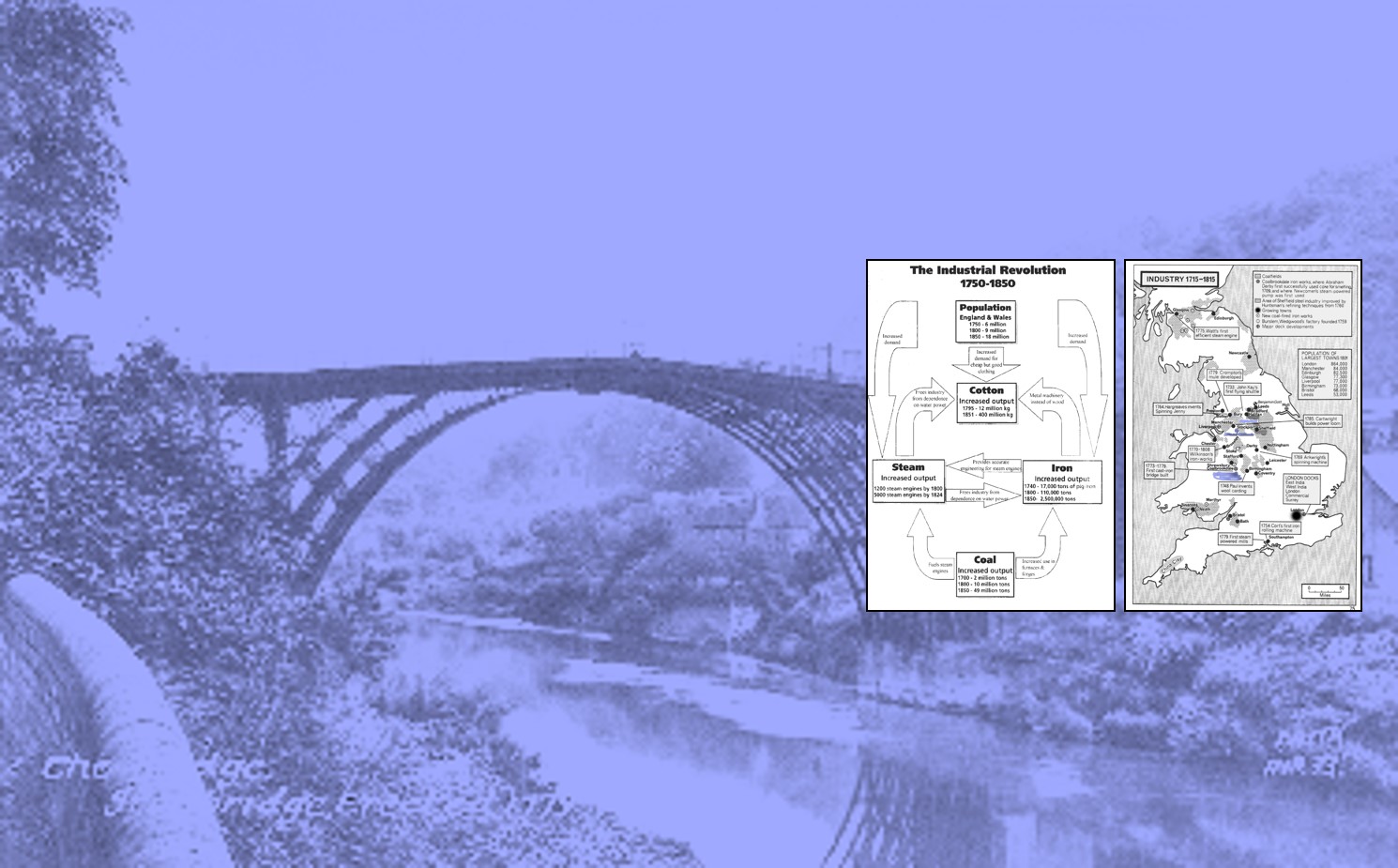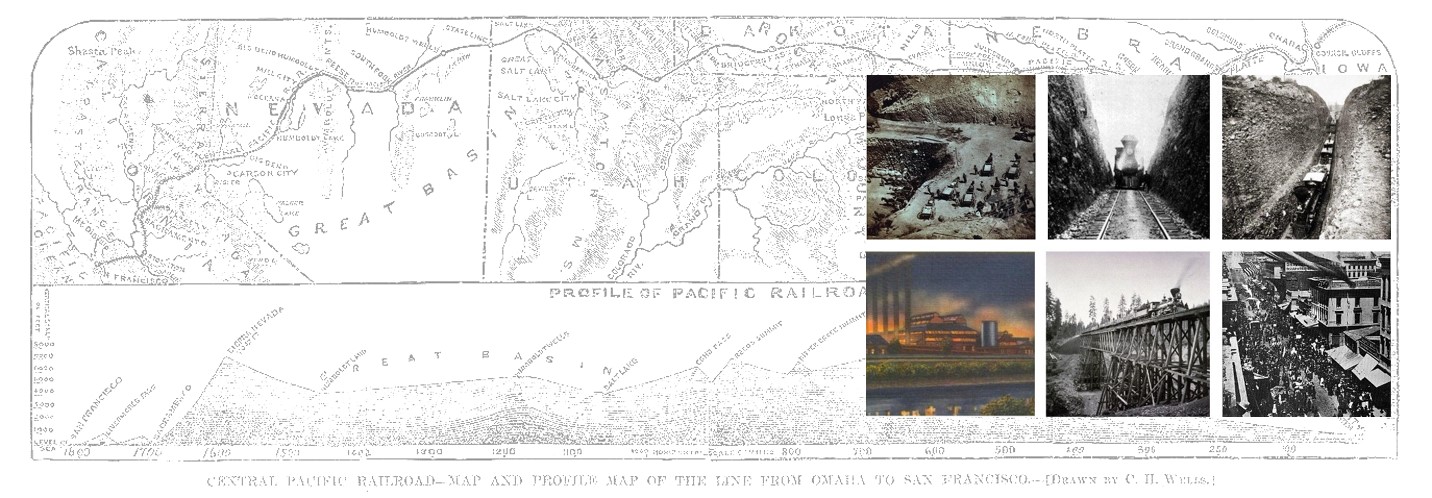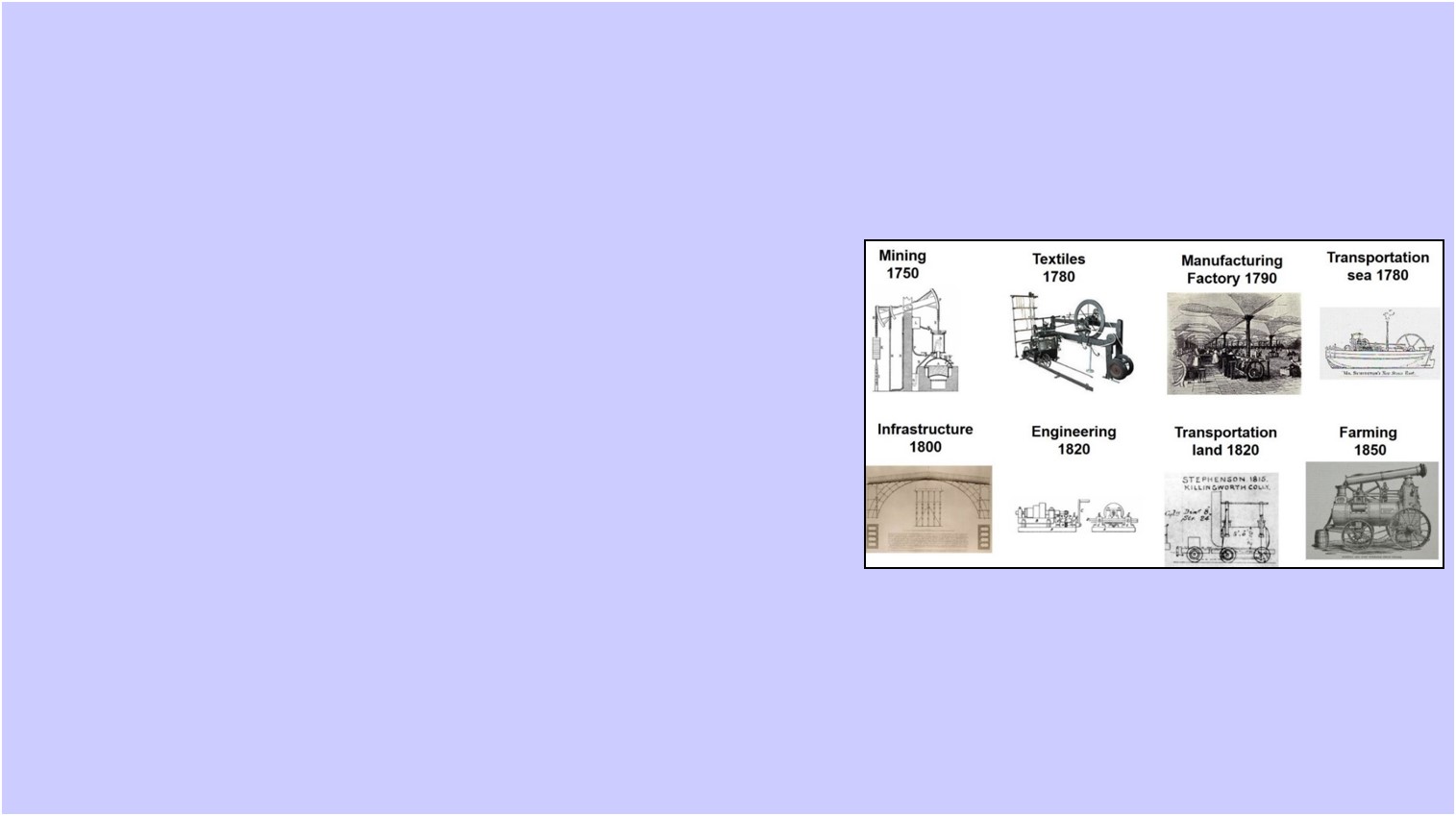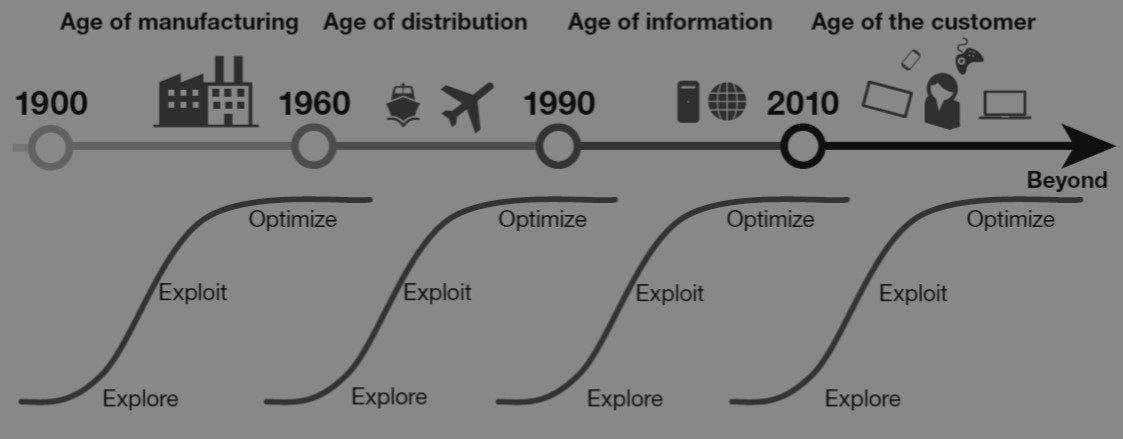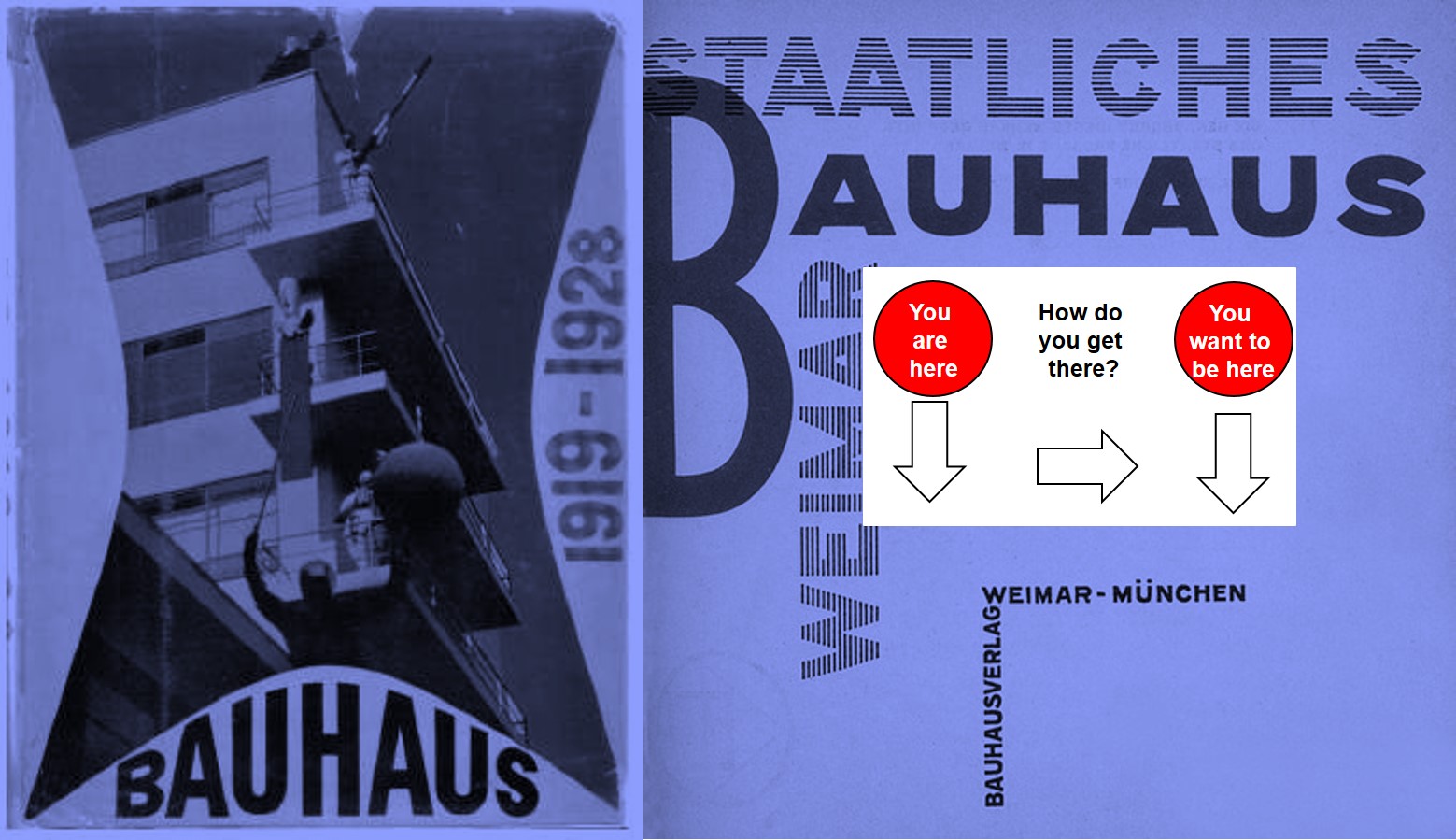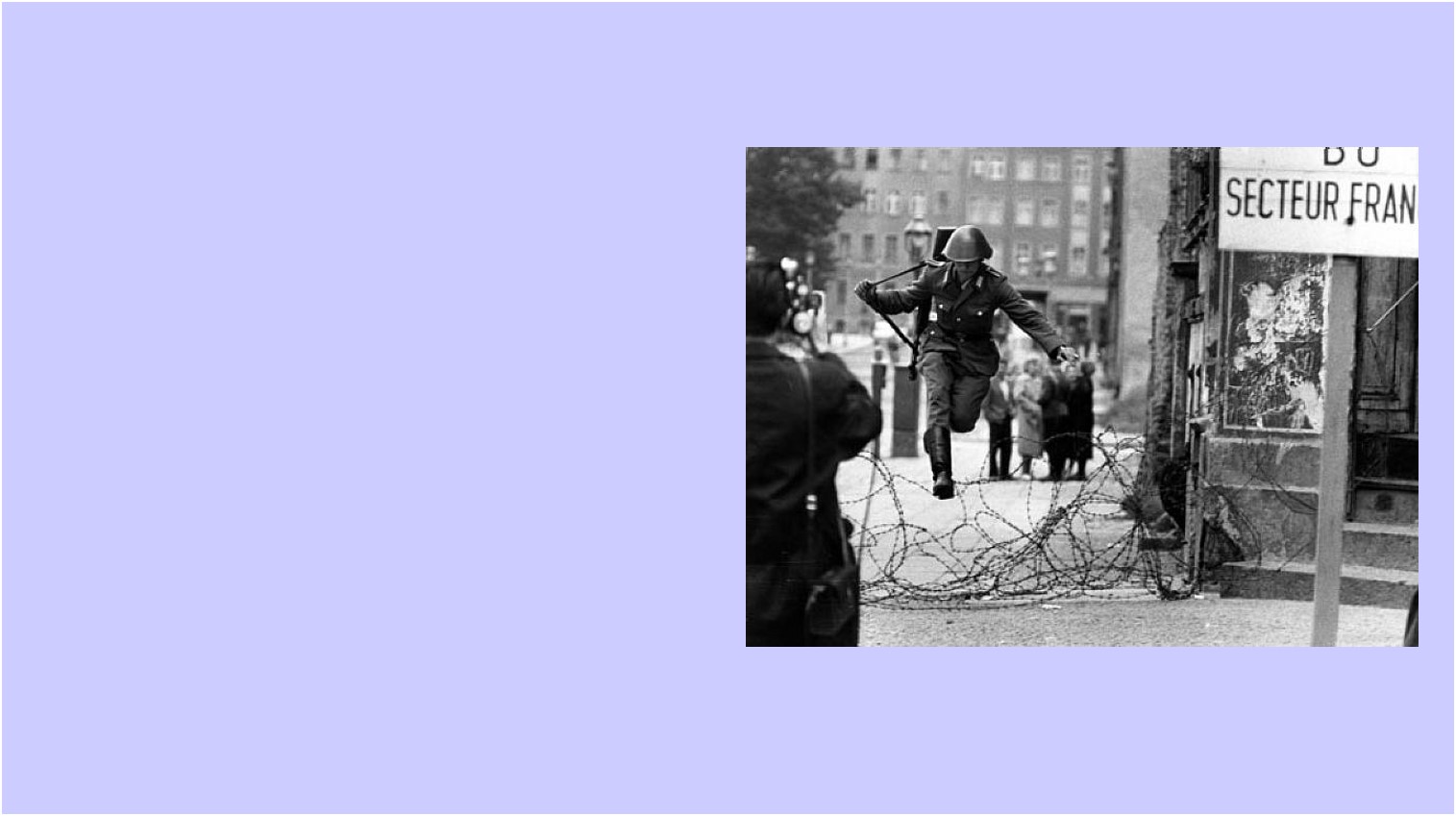How Did We Imagine The Future Of The Business World To Be?
Over the past 150 years future views evolved of the business world that included far-reaching-concepts ahead of the time. However, these concepts were rooted in the technology of the day and were not achieved in the predicted time frame. The image below is a 1922 view of the future, for 1972, and is rooted in Radio technology.
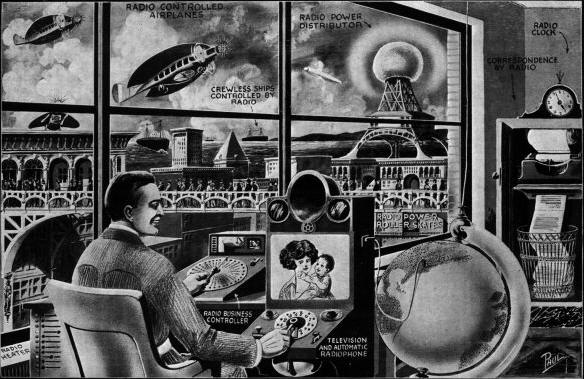
History abounds with future images, speculations, scenarios and so on, of how new technologies will transform society. In retrospect, they often turn out to be wrong.
What Can We Learn From Transitional Periods Of The Past?
How the three Industrial Revolutions of the past 300 years spawned inventions (emerging technologies) that through successful piloting and adaption (by projects) were able to disrupt and mechanize existing industries, increase outputs and efficiency, create demand for labor and resources, generate more wealth, and impact society at every possible level through accelarated urbanization, and growth in population. The image below highlights the interdependencies and relationships between these.
What Can We Learn From Past Disruptive Technology?
Once developed a disruptive technology can violently disrupt each industry it is brought into. This happened close to 300 years ago with the steam engine. Entrepreneurs ran pilot projects where the emerging technology was explored for its functionality, capabilities enabled, constraints and limitiations. Each modification to the emerging technology allowed for the potential entry into a new and different industry for further experimentation and adaption, in a repeating cycle over the decades.
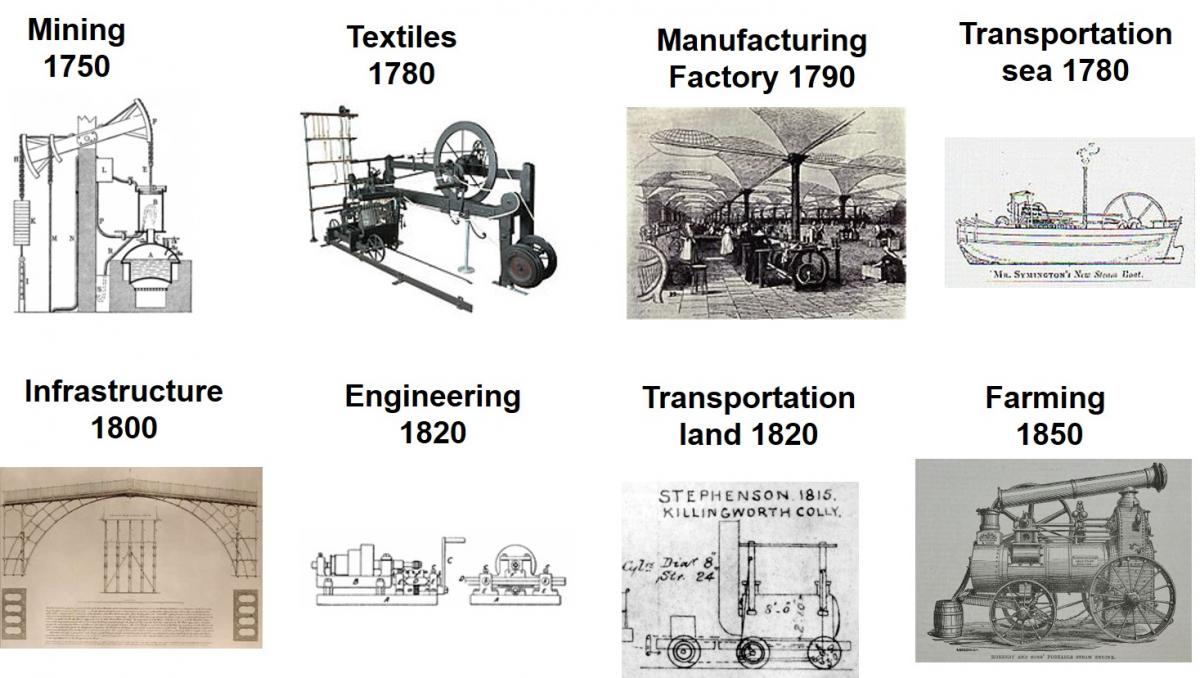
The image above exemplifies each industry the steam engine entered into and completely disrupted, although the timespans between the entries were measured in decades whereas today these are measured in years or even months.
What Will The Future Of The Business World Look Like?
Digital [Technology] has transformed the ways in which customers discover, explore, buy, and engage with products and services, allowing them to transcend traditional channel boundaries (Forrester, 2016). An organization will become more adaptive (Adaptive Enterprise) in meeting the demands of its customers, by optimizing the use of its resources and ensuring the supply is matched to this and synchronized at all times.
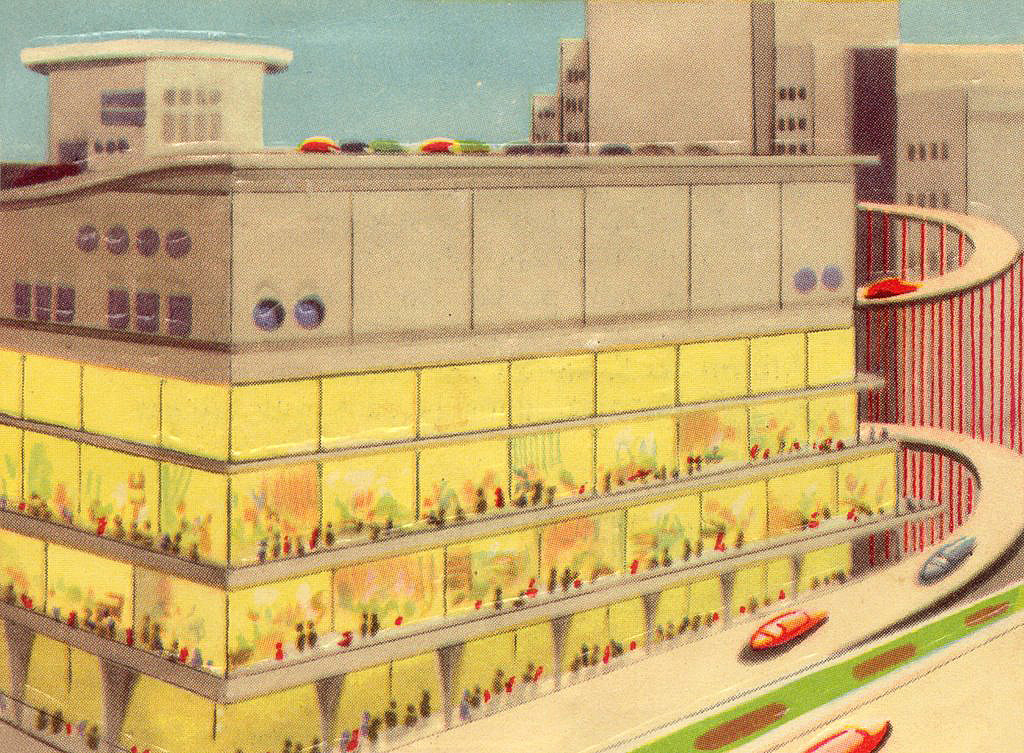
You Need To Take This Journey Whilst You Have A Choice
Economies of scale, distribution strength, and brand don’t work anymore because digital technology has changed the dynamics of the markets in which you operate and the speed needed to remain competitive (Forrester, 2016). Whilst you still have a choice you need to act before the emerging technology disrupts your industry.

Innovation is not always about new and fresh ideas but typically starts with an existing emerging technology and then adjusts it and repurposes it for something new.
Why Did The Future Not Turn Out Like This?
The future rarely turns out as imagined. Typically, a future view is myopic and rooted in a singular technology of the day that will evolve into the future and hopefully solve everything. However, it won't because of the limitations of the technology and how it is adapted. 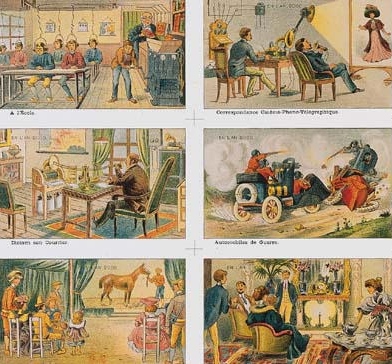
We need to take a more comprehensive view of the past and examine periods of transition.
And From Transformative Projects?
How each Industrial Revolution spawned transformative projects (like the US Transcontinental Railroad, and Panama Canal) that were innovative and drove emerging technologies into existing industries which disrupted and changed them. New business and operating models had to be rapidly developed. These projects also spawned new opportunities, created new industries, and new businesses to dominate (monopolize) them. 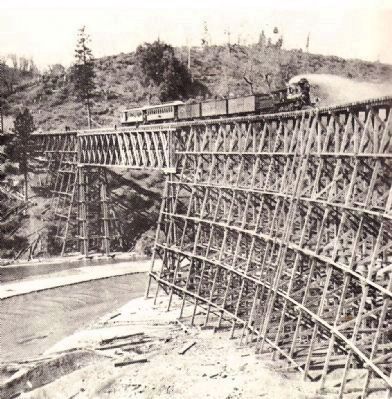
What Can We Learn From Past Impacts?
How the business world has gone through past impacts of disruptive technology that Forrester calls the different "business ages": of steam, manufacturing, distribution, information, and now the customer. According to Forrester (2015): "Organizations that can manage the transition to the age of the customer will be the leaders in their markets during the coming decades".
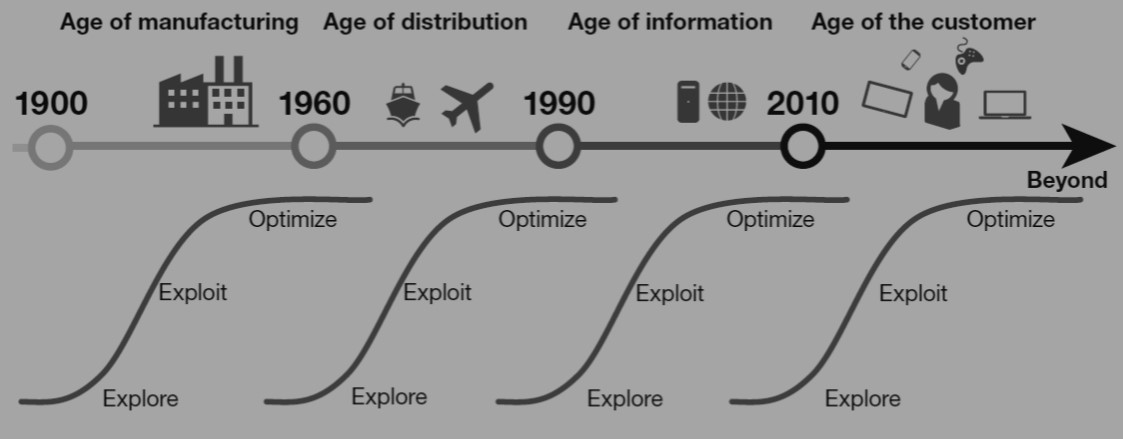
Each business age contains three phases:
The first an exploratory period of great uncertainty and volatility as organizations strive to cling to what they know and make sense of the new.
The second an exploitation period where leading companies adapt to new business models and exploit market opportunities.
The third an optimization period where market leaders consolidate their position and seek maximum profitability.
How Can You Get To This Future?
Get there through transition and transformation but, pay very close attention to the lessons of the past and their impact at all levels.For example, the modern day equivalent of an Adaptive Enterprise, was created in May 1940 using the emerging technologies of the day. An organization more resilient to rapid and unpredictable change, is a 21st Century issue, and a goal many leaders aspire to today for their organizations. Use these historical lessons to understand the scope of the transformation and changes, and how these were managed. With this understanding create an iterative transformation strategy that includes not just technology but the people (organization), and processes (like decision making).
Use these historical lessons to understand the scope of the transformation and changes, and how these were managed. With this understanding create an iterative transformation strategy that includes not just technology but the people (organization), and processes (like decision making).
We Have Taken Similar Journeys Before
For 300 years we have been imagining the future and realizing it through transformative projects which delivered solutions incorporating emerging technologies. This transformation journey has been taken before and should not be foreboding to an organization. We can take lessons from these historical periods, projects, and journeys to create a more comprehensive and compelling (iterative) transformation strategy for an organization.

For example, the image above highlights the transition of powered flight from steam engine to internal combustion engine. See how we can help you make this transformation journey through LFH Consulting Services.
Lessons from History
Creating a transformation roadmap from the past to the present to the future

